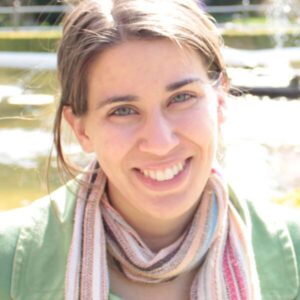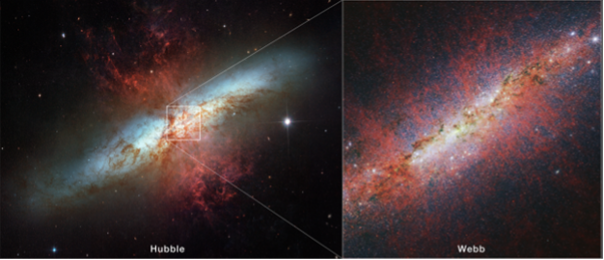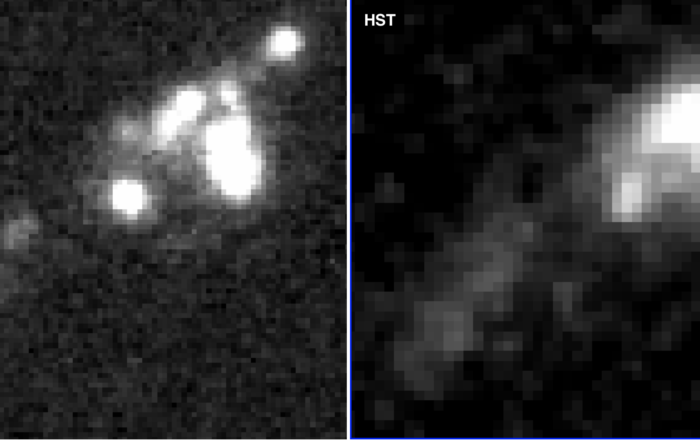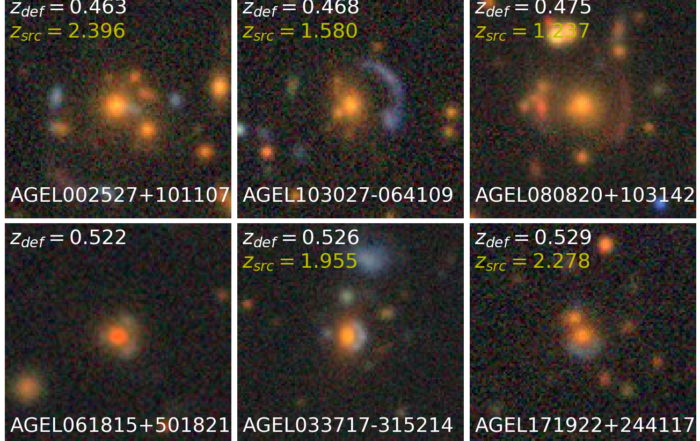Galaxy Evolution
The Galaxy Evolution team, led by Associate Investigator, Kim-Vy Tran, aims to understand:
-
- how chemical elements accumulate in galaxies and their surroundings;
- how visible and dark matter assemble within galaxies; and
- how ionising radiation is produced and escapes galaxies
over 12 billion years of cosmic time.
This project bridges the First Galaxies program with nearby galaxies observed with SAMI and Hector, and complements ASKAP observations of the cool gas in galaxies.
The search for distant galaxies
To form a comprehensive picture of how galaxies formed and evolved, the ASTRO 3D Galaxy Evolution (GE) Project tracks how gas, stars, and dark matter evolve by combining deep spectroscopy with multi-wavelength imaging. The GE Project is unified behind three primary programs focussed on ionisation, chemical evolution, and mass assembly of galaxies, delivering a unique portfolio that bridges individual stars to the most massive galaxies.
Building on the GE team’s extensive experience, we capitalise on Australia’s access to 8 – 10m class telescopes to obtain innovative observations that test cutting-edge cosmological simulations. By weaving together small- to large-scale projects developed across the A3D institutions, the GE Project:
- applies advanced data mining techniques to large surveys, e.g. the Dark Energy Survey, to comb through large cosmic volumes and discover rare gravitational lenses;
- uses powerful telescopes to measure the build-up of cosmic mass in lensed galaxies and gain a magnified view of their chemical evolution and ionisation;
- determine the composition and state of the diffuse material in intergalactic space with absorption-line spectroscopy of distant quasars; and
- study Lyman continuum (ionising) galaxies to measure the escape fractions of ionising radiation, a crucial parameter for the Genesis Simulations.
The discoveries by the GE Project help understand the foregrounds in the MWA EoR data, and their history will be compared with the archaeological history of the Milky Way from the GALAH survey. Our studies also bridge the First Galaxies by observing nearby galaxies with SAMI and Hector, and complements ASKAP observations of the cool gas in galaxies. We also train emerging leaders to design projects for the exciting next generation of international observatories coming online in the next decade, e.g. the GMT, E-ELT, LSST, and JWST.
GALAXY EVOLUTION SURVEYS
ASTRO 3D Galaxy Evolution Team members now lead several large surveys of galaxies. Click on the links below to find out more:
galaxy evolution project leadership
latest in galaxy evolution
NASA’s JWST probes an extreme starburst galaxy
On the left is the starburst galaxy M82 as observed by NASA’s Hubble Space Telescope in 2006. The small box at the galaxy’s core corresponds to the area captured so far by the NIRCam [...]
Astronomers detect seismic ripples in ancient galactic disk
A new snapshot of an ancient, far-off galaxy could help scientists understand how it formed and the origins of our own Milky Way. At more than 12 billion years old, BRI 1335-0417 is the [...]
Gas-rich baby galaxies set the early universe alight
New images from the James Webb Space Telescope (JWST) have helped Australian astronomers unlock secrets of how infant galaxies started an explosion of star formation in the very early Universe. Images of a [...]
Dozens of newly discovered gravitational lenses could reveal ancient galaxies and the nature of dark matter
Thousands more potential lenses await assessment Earlier this year a machine learning algorithm identified up to 5,000 potential gravitational lenses that could transform our ability to chart the evolution of galaxies since the Big [...]








